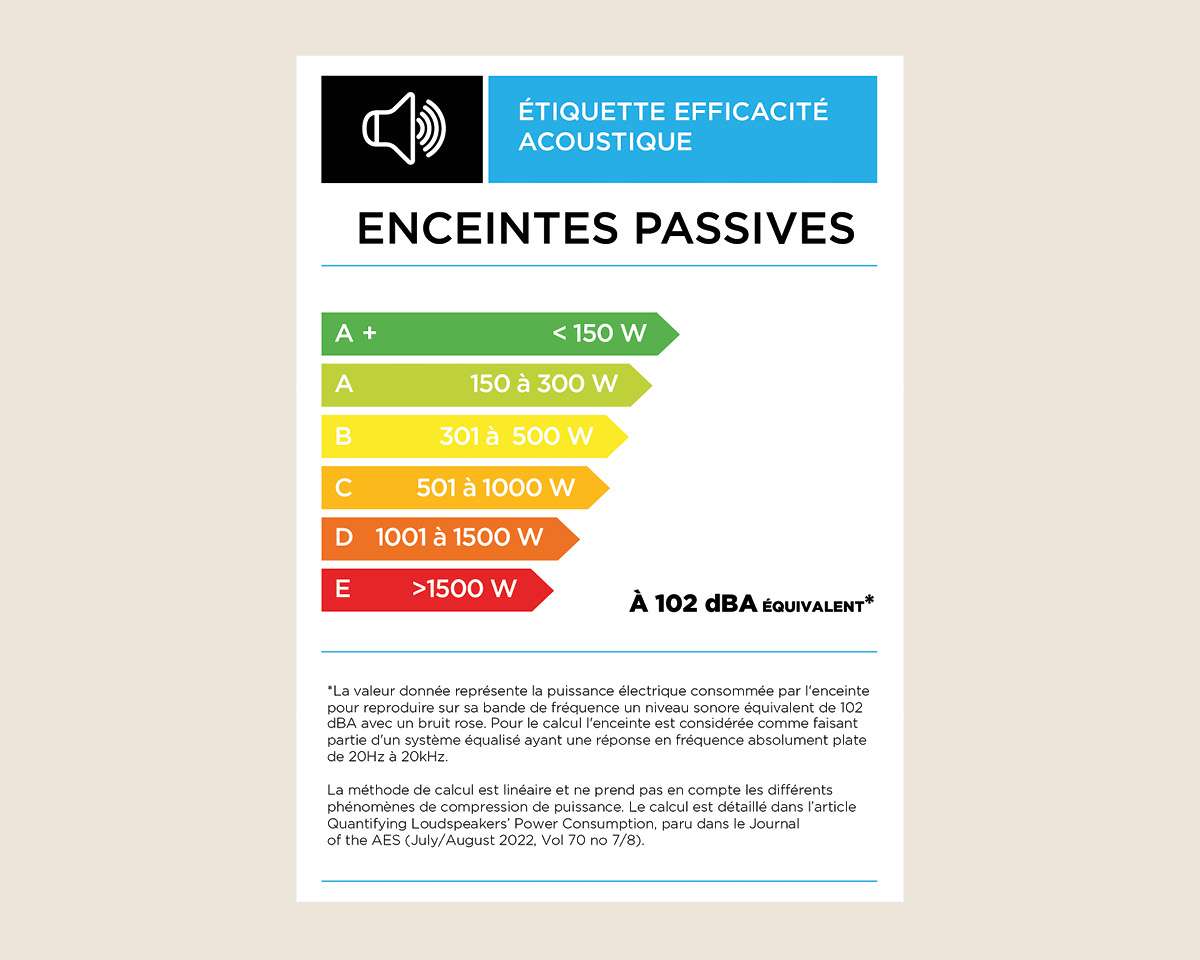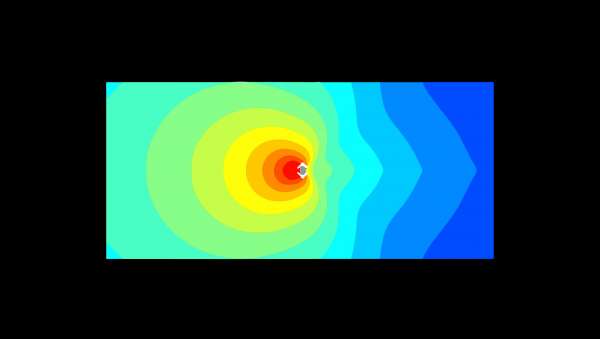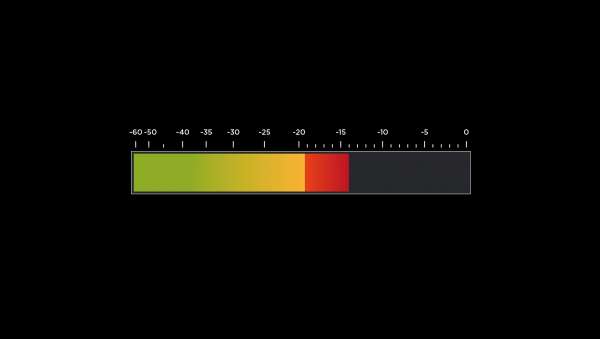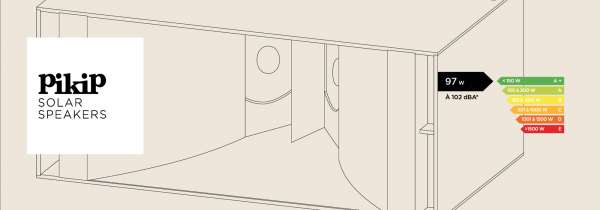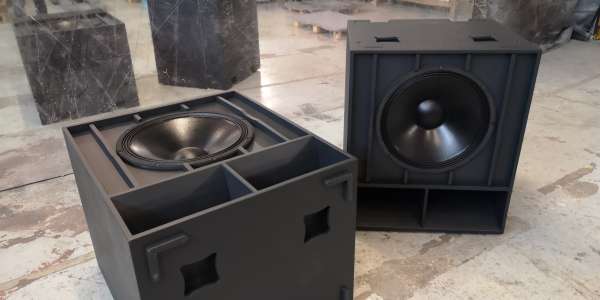Energy Efficiency
_
PikiP champions an eco-responsible approach by developing solutions that reduce energy consumption and promote mindful resource use.
Our Publications: Acoustic Efficiency
contact
Founded in 2017 and based in Marseille, PikiP Solar Speakers is transforming the event sound industry with systems powered by renewable energy and an innovative energy characterization method to quantify audio equipment consumption."
By placing energy efficiency at the core of its solutions, PikiP is committed to promoting responsible energy use and raising awareness of the importance of efficiency.
With a strong focus on research and development, PikiP designs solutions that combine performance, resource optimization, and impact reduction—all while delivering high-quality sound.
Its 300 m² workshop, equipped with cutting-edge tools, enables the production of small series (up to 20 units per month) and the development of prototypes, working closely with the R&D department to drive innovation.
PikiP's ambitious mission is to make energy efficiency desirable by proving that exceptional musical experiences can also be environmentally responsible.
The company aims to redefine standards in the event and cultural industries, inspiring professionals to adopt sustainable alternatives and driving a cultural shift where energy efficiency becomes a symbol of modernity, innovation, and quality.
PikiP champions an eco-responsible approach by developing solutions that reduce energy consumption and promote mindful resource use.
Delivering impeccable sound quality without compromise—even within a sustainability approach—is essential for PikiP, which places performance at the heart of its products.
PikiP is fully committed to the ecological transition, aiming to offer battery-powered solutions that are 20 to 30% more affordable than competing alternatives.
PikiP aims to raise awareness and inspire the cultural industry and its users by proving that responsible energy choices are possible without compromising the quality of the experience.
Designed and manufactured in France, our products incorporate components from leading French and European suppliers, with a network of artisans and subcontractors located within 50 km of our workshop in Marseille.

- President / Technical Director -

- Development Manager -

- Sales lead -

- Electroacoustic Engineer -

- Mechatronics Engineer -

- Carpenter -

- Technics CAD / FAD -
Designing battery-powered amplifiers requires optimized energy management. Powering them through DC/AC inverters often leads to system oversizing to handle acoustic peaks. Thanks to our patented technology integrated into the AEA, PikiP amplifiers and 230V/50Hz outputs use separate architectures, optimizing efficiency and reducing the cost of the autonomous system.
LiFePO4 batteries offer enhanced safety compared to lithium-ion batteries, thanks to better thermal and chemical stability, reducing the risks of overheating and explosion. They ensure a longer lifespan, a higher number of cycles, and more stable discharge while being more environmentally friendly due to the absence of cobalt.
Three energy stations (SE) can be synchronized via an RJ45 cable to generate a perfect phase shift of 2π/3. An external box combines the three P17 32A MONO (1P+N+PE) outlets into a single three-phase output on a P17 32A TETRA (3P+N+PE) socket.
PikiP Energy Stations can be connected to the grid like a photovoltaic power plant. The system automatically switches between injection (selling) in case of excess solar production and draw (buying) when battery levels are low or power demand is too high.
Our SE Energy Stations secure intermittent power networks with UPS technology, ensuring an instant switch to battery power in case of a grid outage. This ultra-fast transfer (<20 ms) guarantees uninterrupted operation of electronic equipment.
To prevent overloading a limited mains source, such as a 16A socket, our energy modules supplement power from the batteries, allowing a 32A output from a 16A socket!
Regulatory bodies are highly demanding, especially with new technologies. Our systems feature continuous monitoring of DC insulation, as well as Ground and Neutral faults. An automatic switch between TT and TNS grounding systems ensures compliance with standards and the protection of both equipment and people.
All modules in the ENERGY range can be remotely controlled via a WiFi connection, enabling detailed monitoring and data collection through a web portal. Additionally, an LED screen—or a touchscreen for the SE10000 and SE5000—displays real-time information on solar input, battery status, consumption, autonomy, and alerts on-site.
A line source system is not always suitable for stages under 30 meters. Conversely, 'point source' speakers have limitations in sound pressure and configuration flexibility. Constant curvature technology provides versatility, allowing a speaker to be used alone or in combination without interference issues.
Cardioid setup controls bass dispersion by reducing rear radiation. With precise phase offset, it enhances stage clarity and minimizes noise pollution. Our pseudo-omnidirectional subwoofers make this configuration easy to implement.
Point source speakers emit sound coherently from a single emission point, ensuring even coverage and excellent clarity. Ideal for modular setups, they provide natural dispersion and minimize phase interference.
Acoustic horns optimize sound dispersion by concentrating and directing the waves, thus improving efficiency and sound projection. Their design influences directivity, clarity, and output, allowing for better coverage and reducing energy losses.
t high levels, inertial separations of the boundary layers cause air disturbances, which can reduce the sound level and efficiency of a port by up to 30%. A low-particle-speed polynomial port eliminates these distortions, ensuring stable frequency response and consistent efficiency at any level.
This is the latest speaker or compression driver technology, where two transducers are aligned and assembled to form a single unit. It provides a single sound source, improving coherence and reducing the size of the speakers.
Energy efficiency is the reduction of energy consumption through changes in lifestyles and social transformations. It involves, among other things, improving the efficiency of electrical systems in our daily lives and leisure activities. As the amplification power available has increased, the electroacoustic industry has gradually moved away from this goal.
At PikiP Solar Speakers, we do the opposite. Noticing the lack of a metric to quantify the energy consumption of a speaker, we created the ACOUSTIC EFFICIENCY label, which rates its energy efficiency by measuring the watts required to reach 102 dBA. The lower the value, the more efficient and energy-conscious the system is!
The figure given represents the electrical power dissipated by the speaker to generate over its bandwidth a sound level equivalent to 102 dBA with a pink noise input. For calculation purposes, the speaker is considered being part of an equalized sysytem with absolutely flat response from 20 Hz to 20 kHz.
The calculation method is linear and does not take into account high power non-linear phenomena. Calculation details are available in the paper Quantifying Loudspeakers’ Power Consumption, published in the AES journal (July/August 2022, Vol 70 no 7/8).
